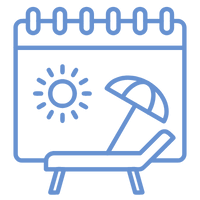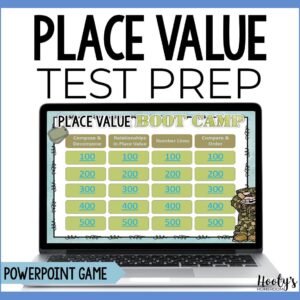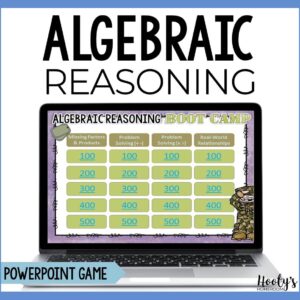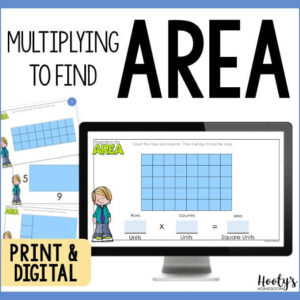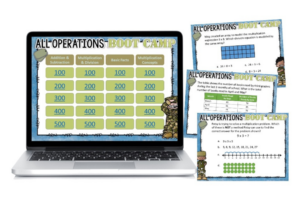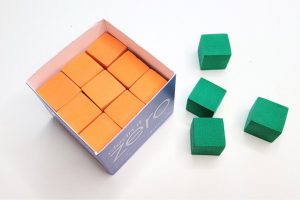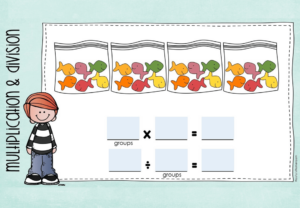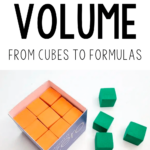Understanding how to teach volume of rectangular prisms is essential for helping 5th graders build a strong foundation in geometry. Some students struggle to visualize 3D space, while others jump straight to formulas without truly understanding what volume means. The key to teaching volume effectively is to use hands-on activities, visual models, and step-by-step instruction.
In this post, I’ll show you how to teach volume of rectangular prisms in a way that builds deep understanding—from counting cubes to applying formulas. Plus, I’ll share an easy hands-on activity using common household materials.
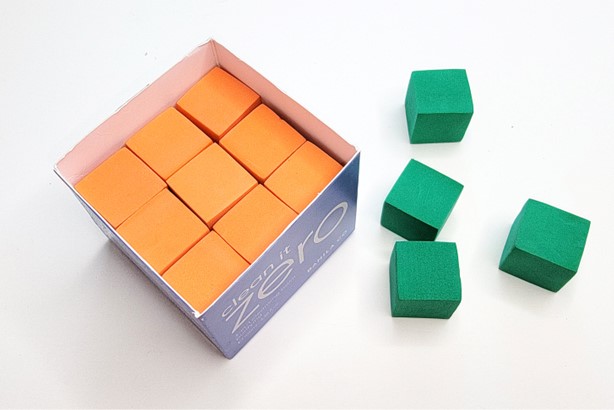
Step 1: Start with Unit Cubes
Before introducing formulas, students need to understand what volume measures and why answers are labeled in cubic units. Starting with unit cubes helps clear up this confusion.
Activity: Build and Count Cubes
- Provide students with small cubes.
- Have them build rectangular prisms and count the number of cubes used.
- Ask guiding questions like:
- How many cubes fit in one layer?
- What happens when we add another layer?
- Why do we measure volume in cubic units instead of square units?
This activity helps students see that volume is the total number of cubic units inside a shape.
💡 Common mistake: Students may forget to count hidden cubes inside the prism. Encourage them to check their work by counting one layer at a time.
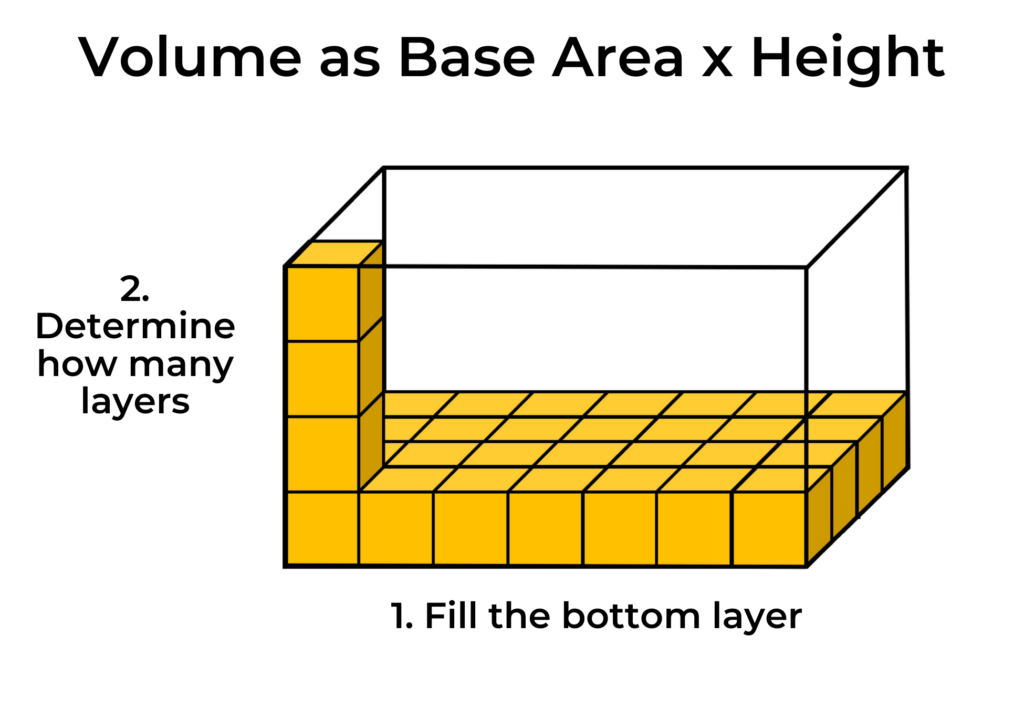
Step 2: Understanding Volume as Base Area × Height
Once students grasp the idea of counting cubes, introduce a more efficient method: multiplying the area of the base by the height. Instead of counting one cube at a time, students can determine how many cubes fit in one layer and then multiply by the number of layers.
Hands-On Activity: Using Household Boxes
This simple and engaging activity helps students connect volume of rectangular prisms to real life.
- Find a small box – Have students use everyday rectangular boxes (cereal boxes, granola bar boxes, tissue boxes, etc.).
- Fill the bottom layer with cubes – Students place small cubes inside the base of the box and count them to find the area of the base.
- Determine how many layers – Students continue stacking cubes in the corner until they reach the top of the box, counting the number of layers to determine the height.
- Multiply base area × height – Have students multiply the two values to calculate the total volume.
This hands-on activity helps students understand why the volume formula works rather than just memorizing it.
💡 Common mistake: Some students may miscount cubes in the base or forget to include all layers. Encourage them to double-check their work.
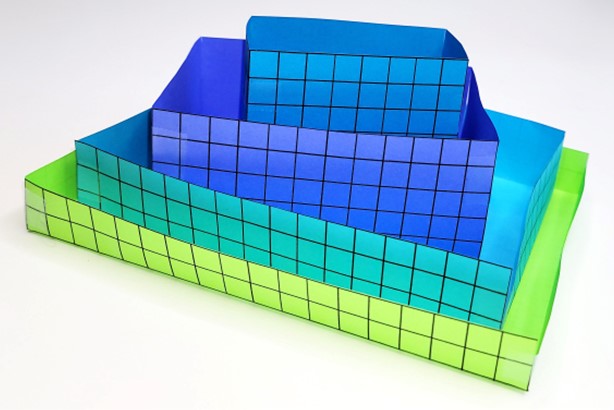
Spending plenty of time on steps 2 and 3 will give students a solid foundation for the final step in how to teach volume of rectangular prisms. Your students may need more hands-on experiences before moving on to the final step.
Step 3: Teaching the Volume Formula
Once students understand the basic concept of volume, it’s time to introduce the standard formulas. However, chances are your students have already figured them out by this point.
- V = l × w × h (length × width × height)
- V = B × h (base area × height)
Understanding the Formulas
- V = l × w × h: Best for when all three dimensions (length, width, and height) are clearly given in a problem.
- V = B × h: Best for when you already know the area of the base.
Activity: Practicing with Formulas
Provide students with a variety of rectangular prism problems to solve. Some of the problems should include length, width, and height, while other problems should require students to use the area of the base times height formula. Students need to recognize when to apply each formula to find the volume.
💡 Common mistake: Some students might confuse area and volume, especially if they’re used to multiplying only two numbers for area. Remind them that volume involves three dimensions (length, width, and height).
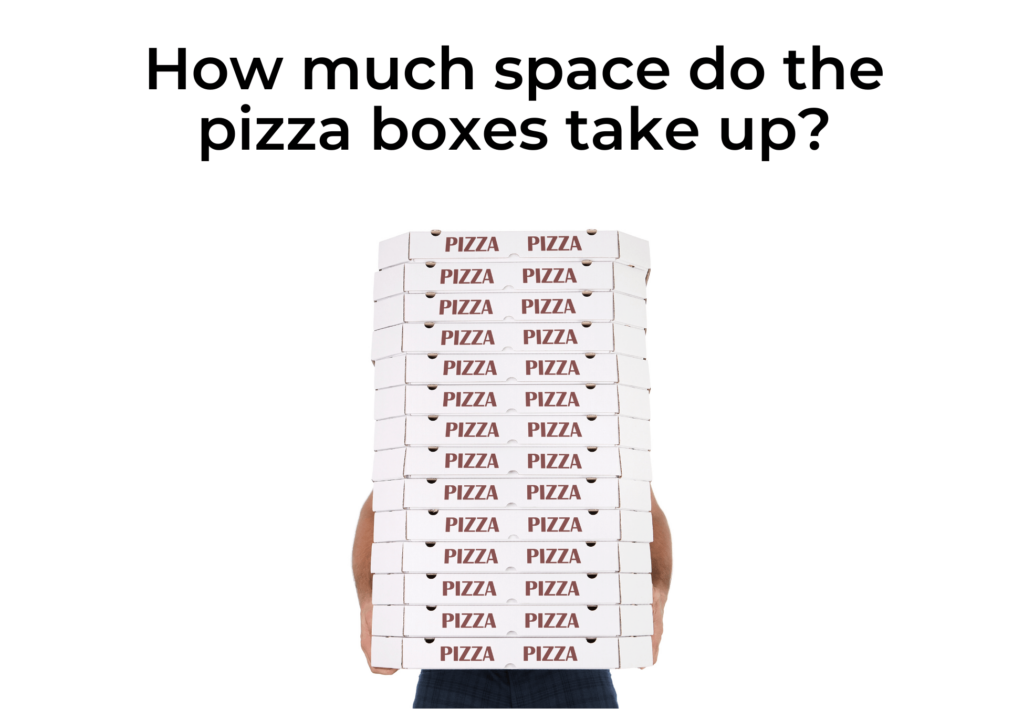
Step 4: Applying Volume to Real Life
To make volume more meaningful, connect it to real-world applications. Students need to see that volume isn’t just a math problem—it’s something we use every day!
Real-World Volume Applications:
- How many juice boxes fit inside a cooler?
- How many boxes of crayons fit inside of a desk?
- How many math textbooks fit inside a bookshelf?
Activity: Volume Word Problems
Give students word problems that require them to calculate volume of rectangular prisms using real-world situations. You can even have them measure actual objects in the classroom and compare their estimates to real calculations.
Step 5: Checking for Understanding
Before moving on, make sure students can confidently calculate volume using different strategies.
Quick Assessment Ideas:
✅ Exit tickets with cube-counting, base area × height, and formula-based questions
✅ Small group task card activities
✅ Digital volume practice for extra reinforcement
Final Thoughts on How to Teach Volume of Rectangular Prisms
Teaching how to find volume of rectangular prisms doesn’t have to be complicated. By starting with hands-on cube counting and gradually introducing multiplication and formulas, students build a strong foundation for understanding volume.
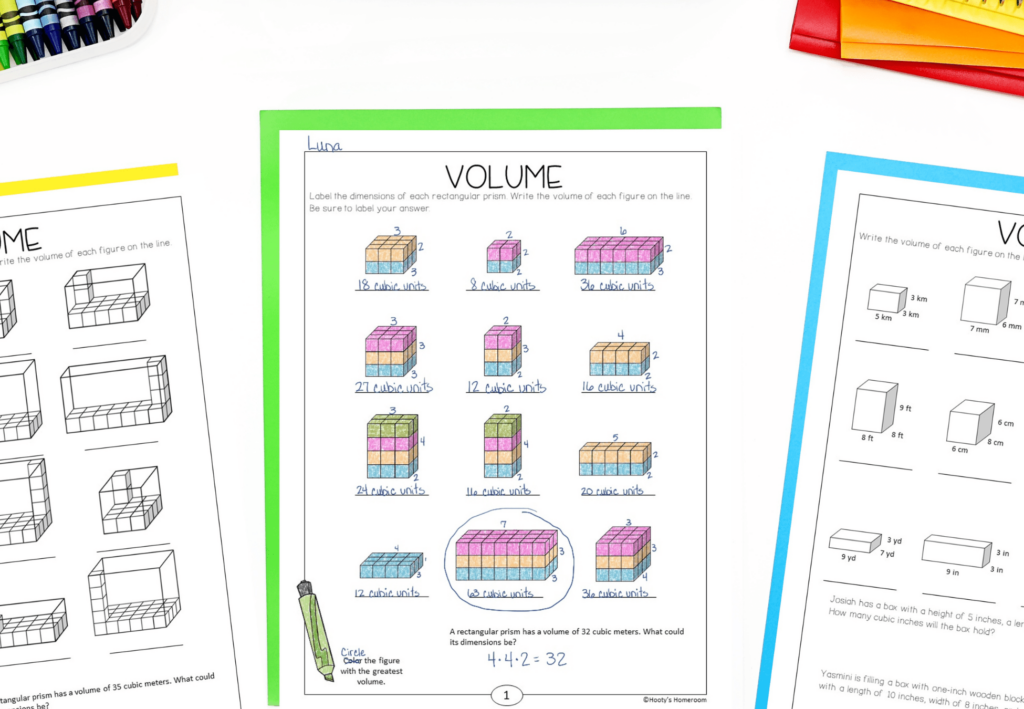
Looking for structured practice to support your students during each step? These 5th Grade Volume Worksheets reinforce essential volume concepts and give your students the practice they need to master volume.







